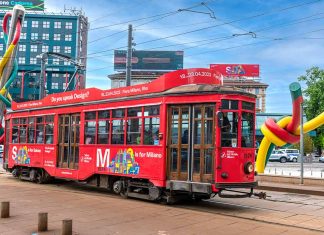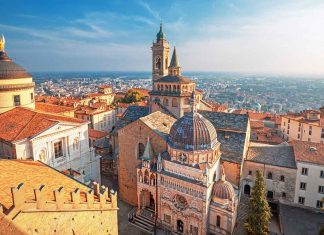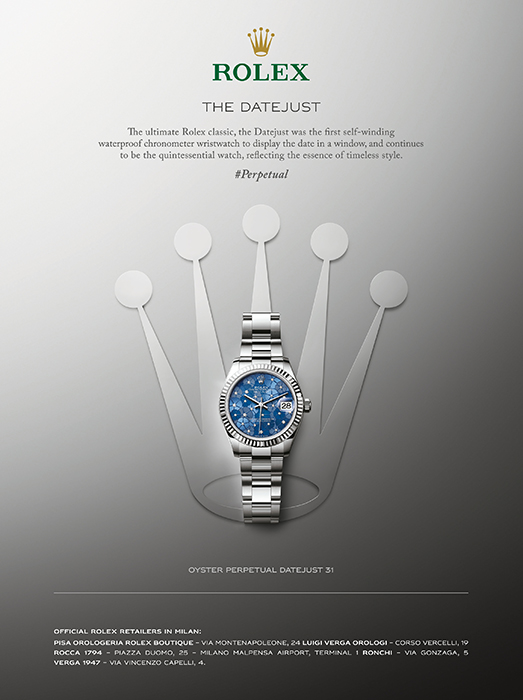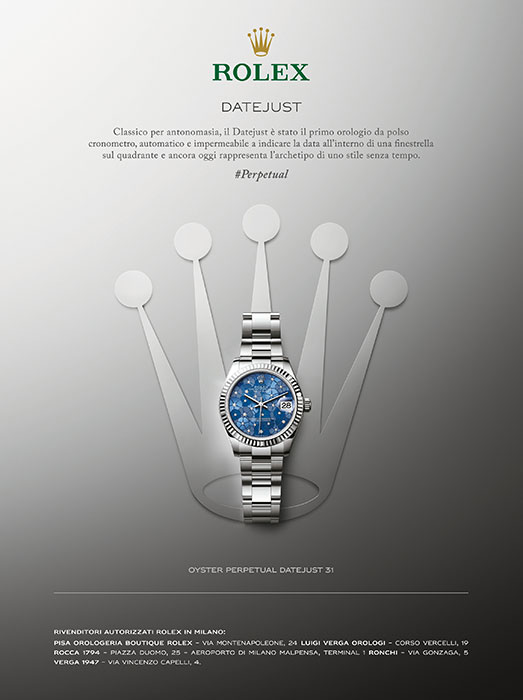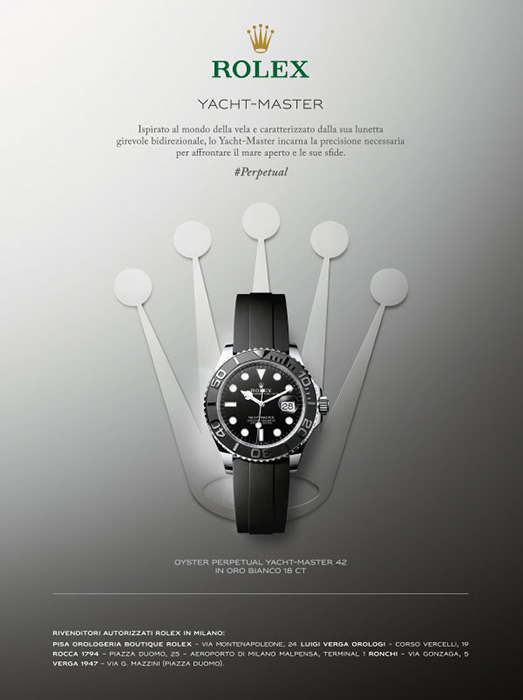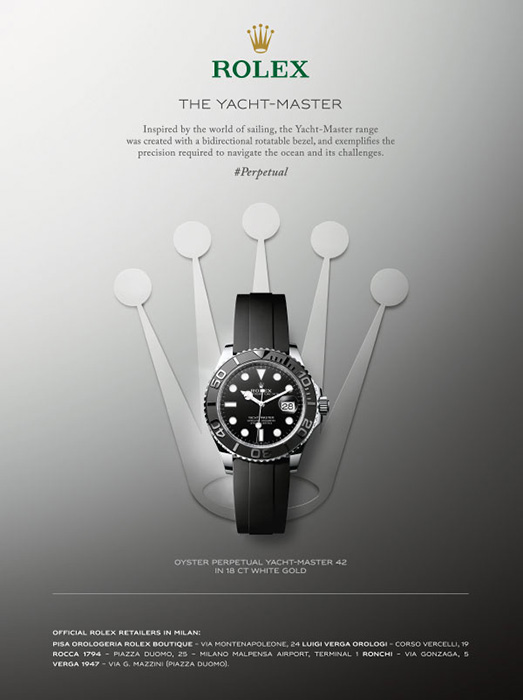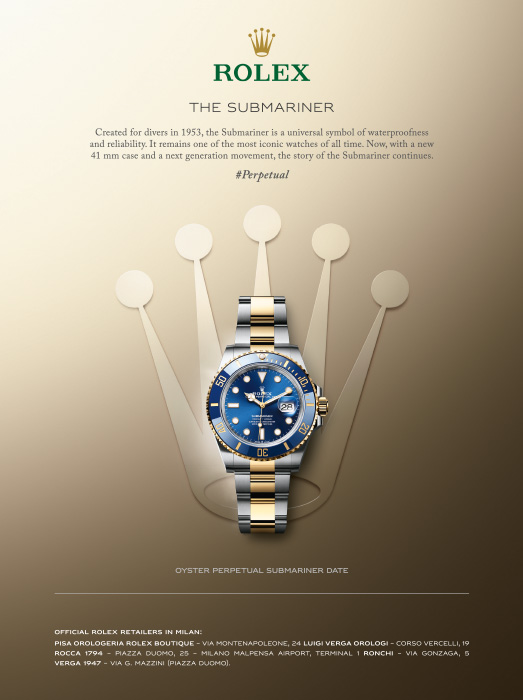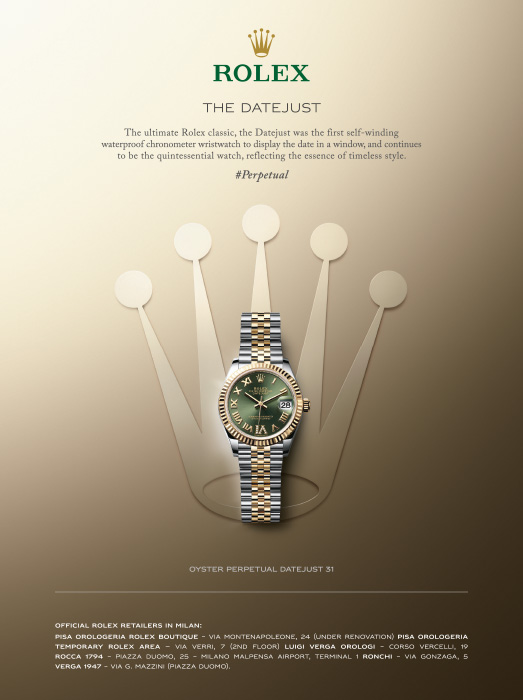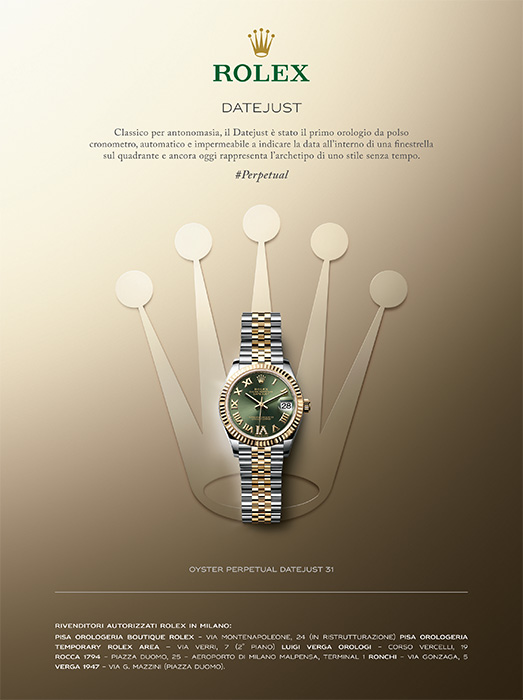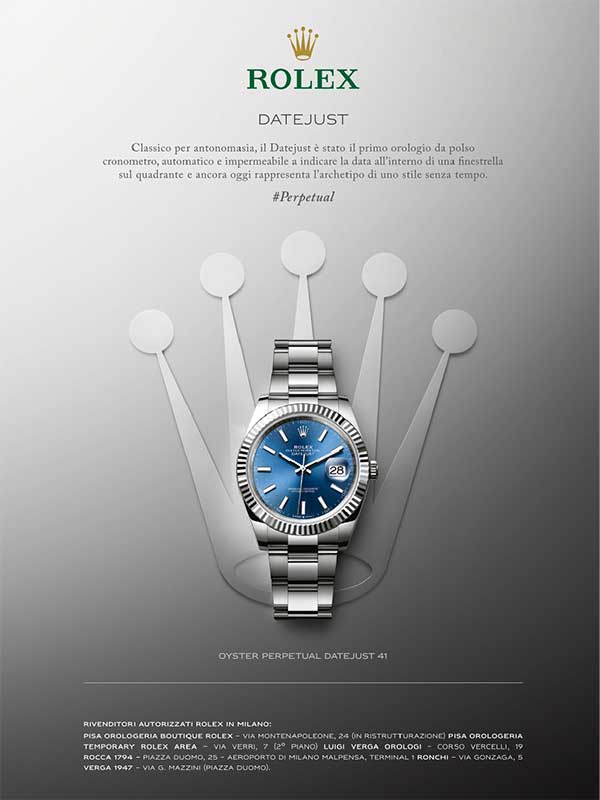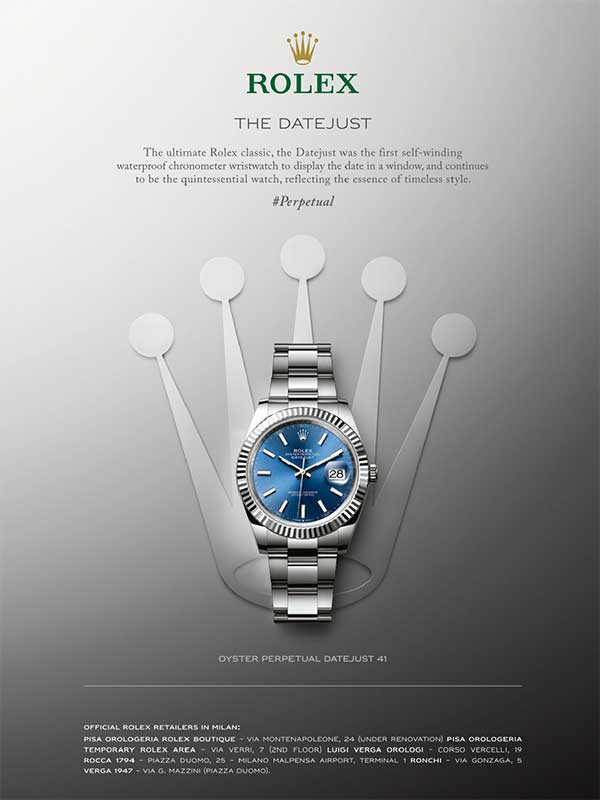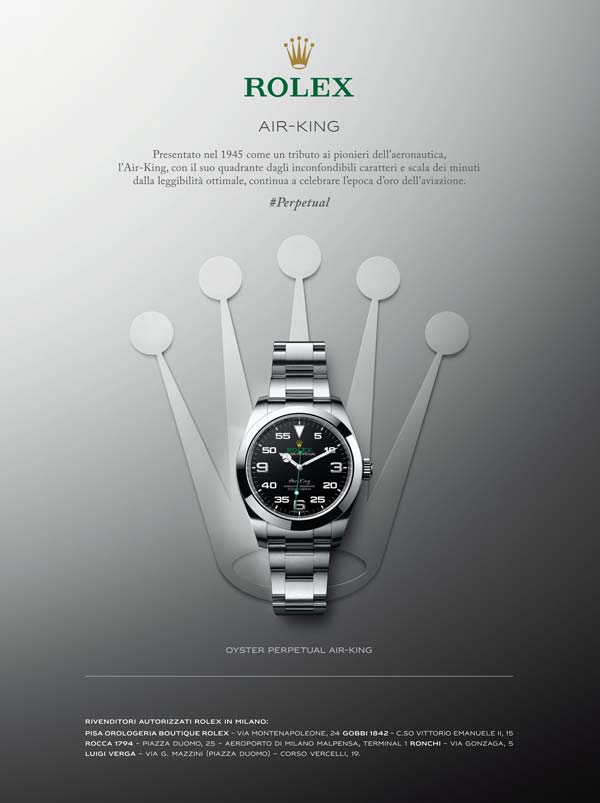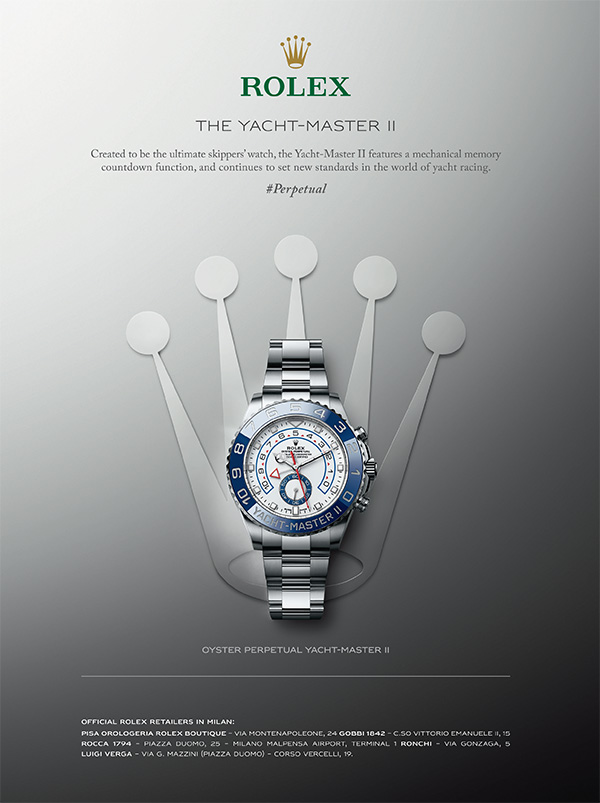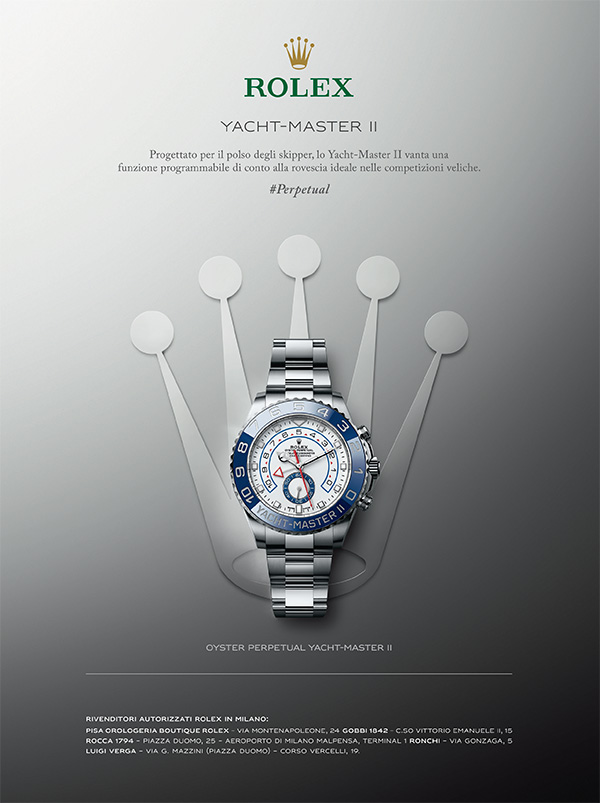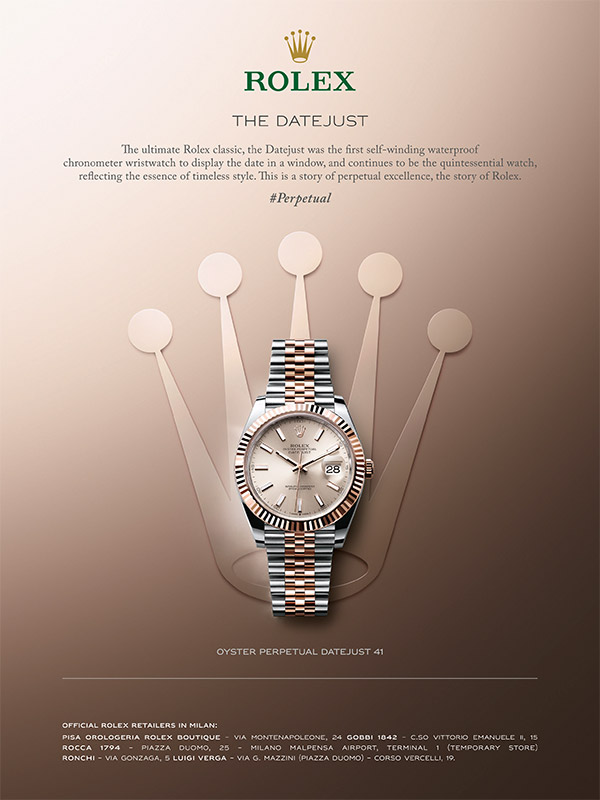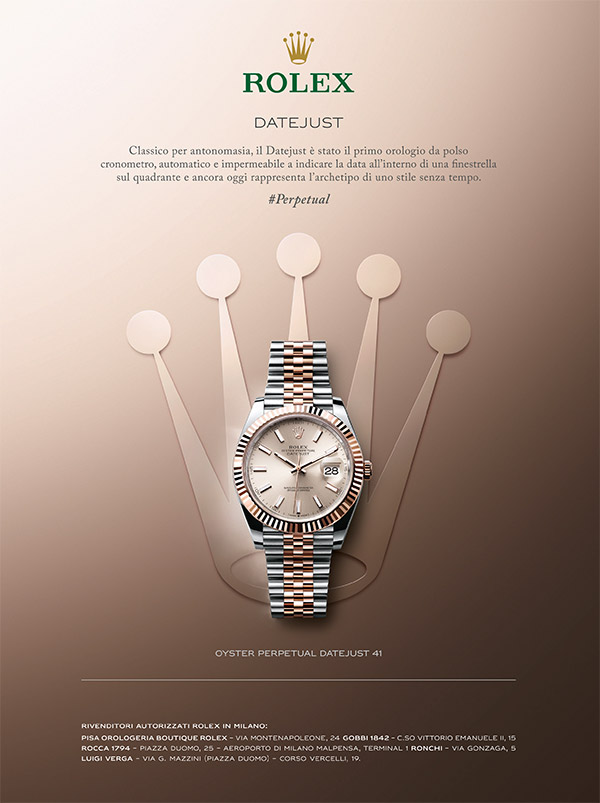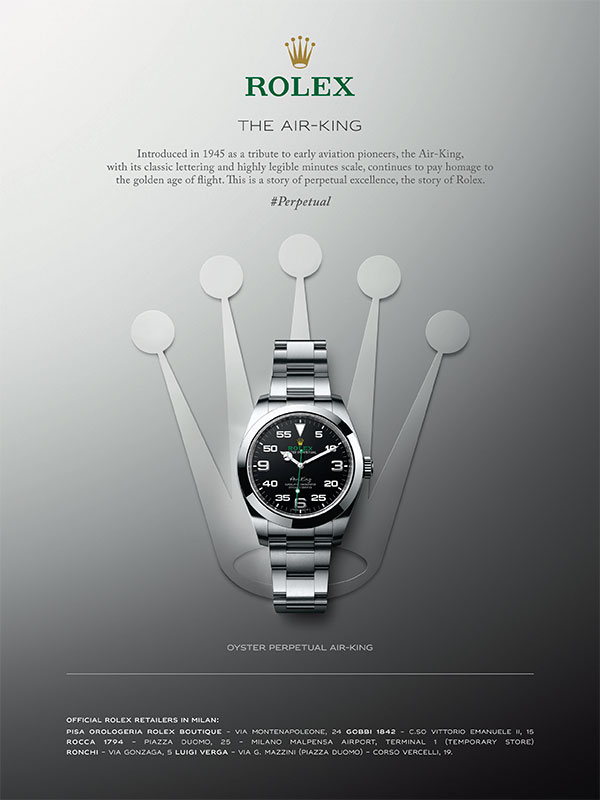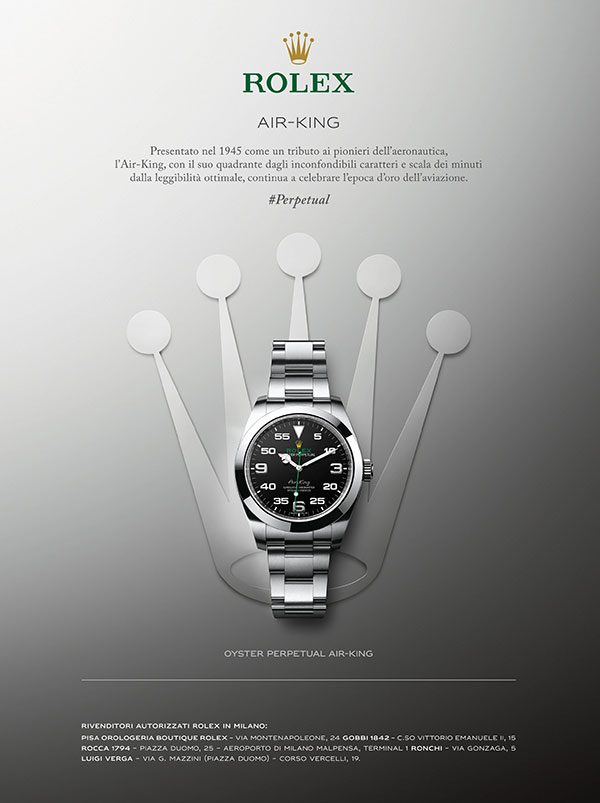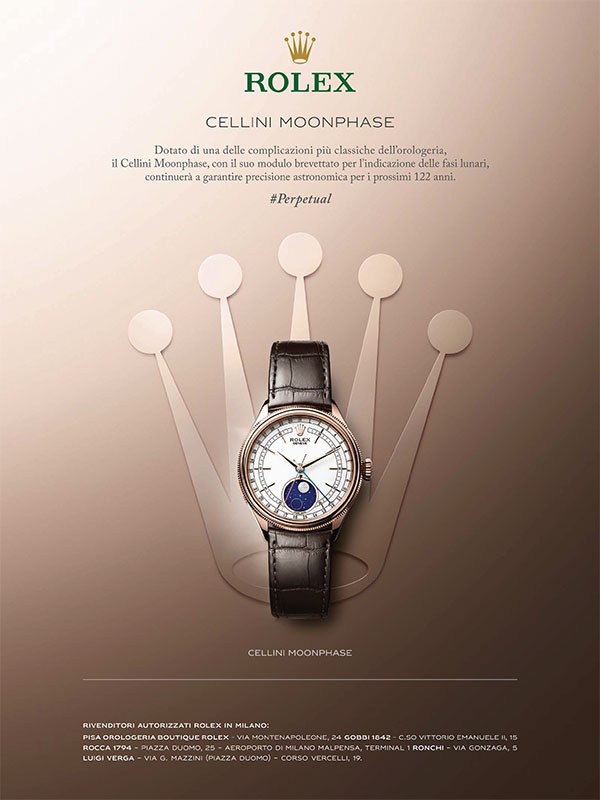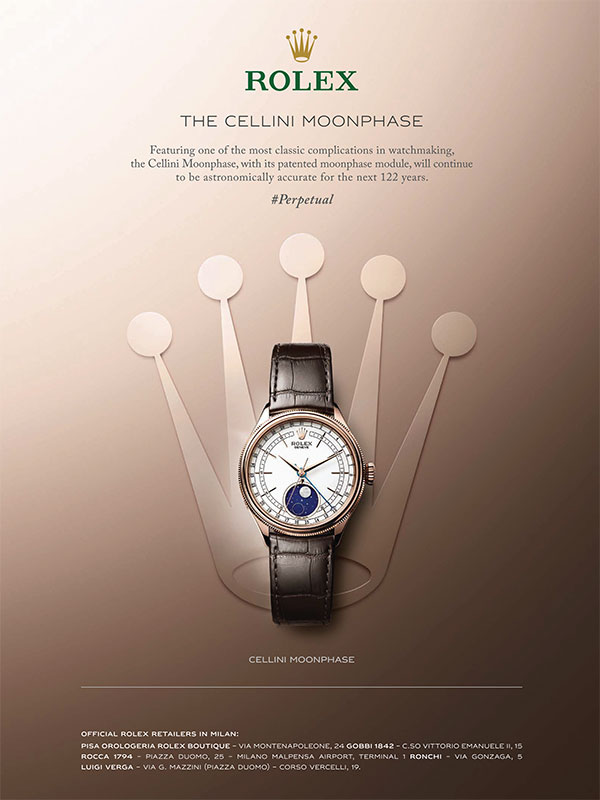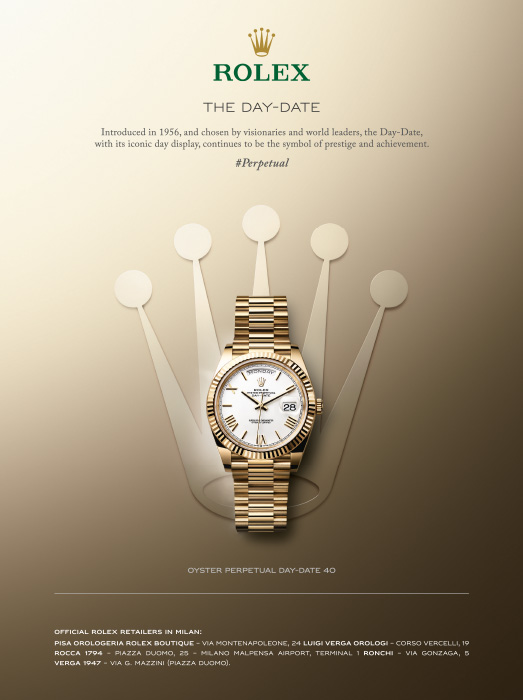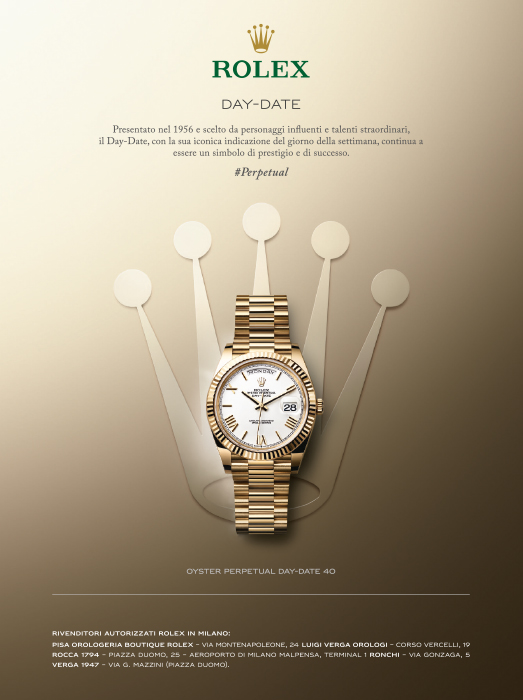www.duomomilano.it
M1 (red line) - M3 (yellow line) Duomo
Open daily 9am-7pm
The Duomo was founded in 1386 and commissioned by Gian Galeazzo Visconti in Late Gothic style of North European inspiration. The cathedral dedicated to the Nativity of Saint Mary is one of the greatest and most fascinating churches worldwide and the sixth largest Christian Church in the world. The result of the exquisite workmanship of Italian, French and German architects, the cross-shaped church consists of five naves, vaulted ceilings and massive pillars and columns and is externally decorated with 135 spires and pinnacles and thousands of statues. The slender tower over the cruciform interception sports the gilded statue of the “Madonnina” atop the main spire. The preciousness of its facades, entirely faced with marble from the Candoglia quarry, is enhanced by enormous stained glass windows which still contain good amount of the 15th and 16th century original ones.
Clearly distinguished from the city context thanks to the exclusive use of a precious grey-pink marble coming from Lake Maggiore and transported to Milan along the network of rivers and canals, the Duomo started from the apsidal part, and gradually “absorbed” previous older churches: during the ducal period, the main part was completed, with the choir, the deambulatory, the very high octagonal tiburium, the two sacristies and the transepts. In the following centuries the naves were gradually built and, outside, the forest of spires that is the most characteristic aspect today. The immense “factory” was only completed in the 19th century, with the completion of the façade, while faithfully maintaining the Gothic lines.
 The “Fabbrica del Duomo”, everyone’s work
The “Fabbrica del Duomo”, everyone’s work
Since 1387, the Veneranda Fabbrica del Duomo di Milano has been designing, preserving and enhancing the Cathedral Church. A commitment made possible also thanks to the generosity of the many donors who, over the centuries, have supported its construction. Proof of the fact that the Duomo’s construction has been “everyone’s work” for centuries is the fact that in the ancient registers indicating payments and donations we also find the names of ordinary people, including the elderly, mercenaries and prostitutes… Even today, it is still possible to bear the costs of restoration and ongoing maintenance of the most fragile architectural elements, such as the spires and statues. By donating through the “Get Your Spire” and “Adopt a Statue” initiatives, you can symbolically associate your donation with one of the restored elements.
 The “Rooftop Terraces”: Milan from a different perspective
The “Rooftop Terraces”: Milan from a different perspective
To experience the Duomo at its most majestic, you must ascend to the Rooftop Terraces (either taking the elevator on the left side of the cathedral or climbing 251 steps) where you will be surrounded by an outburst of pinnacles, turrets and marble statuary. The Duomo is home to more than 3,400 statues of religious and historical figures, monstrous creatures and fantastic animals, interspersed with lacey spires and pinnacles… and, naturally, the city’s famed golden “Madonnina” which is an immutable sign of protection for the church and the people of Milan and has lived with the city at every moment of its history.
Saints, apostles, prophets and the blessed, but also frogs, monkeys and a dragon: among the 3,400 statues and 135 spires that make up an incredible scenic apparatus, there is a mix of sacred and profane references. There is a clear perception that Lombard, German, Bohemian, French, Tuscan, Venetian and Campionese craftsmen worked on this architectural masterpiece and that there is an overlap of different historical periods – from the 14th century to neoclassicism and art deco. A riot of human (Dante Alighieri, Arturo Toscanini, King Vittorio Emanuele, but also Benito Mussolini or the boxer Primo Carnera) and anthropomorphic representations, of wild men, monsters, gargoyles and fantasy characters. It will be fun to spot a tennis racket, an ice axe with a mountain boot, a rugby ball or two boxing gloves… And not everyone knows that a statue found on the façade of the Duomo was the inspiration for the Statue of Liberty in New York, realised by Auguste Bartholdi and inaugutared in 1886. The 19th century statue of the “Legge Nuova” (the New Law), complete with torch and spiked crown, is located above the main door, on the left side of the balcony.
Finally, the Terraces are an ideal destination for lovers of photography: dominating the top of the city from a height of 70 meters, they offer a breathtaking view over the Milanese skyline. One of the city’s most intriguing attractions, which should be experienced at least once in a lifetime.
Watch the video


